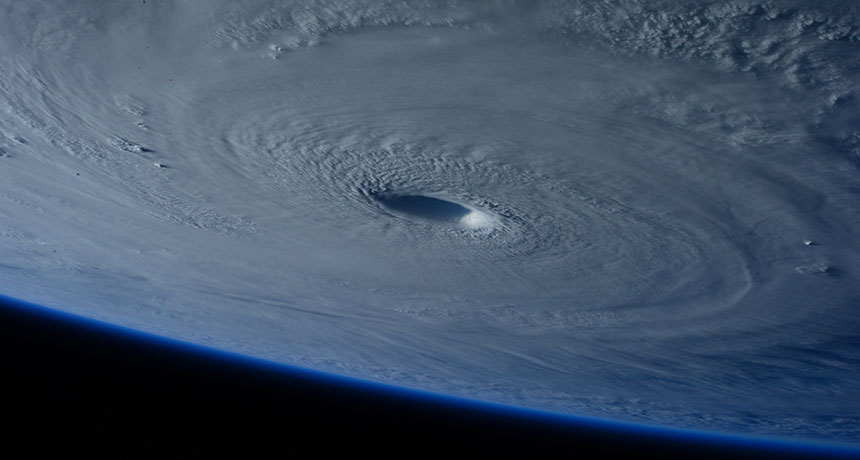Monster storm dominates view from space station
Snapshot shows powerful Typhoon Maysak from space

EYE OF THE STORM Typhoon Maysak’s gaping eye offered an impressive sight for astronauts looking down from the International Space Station.
S. Cristoforetti/ESA, NASA







